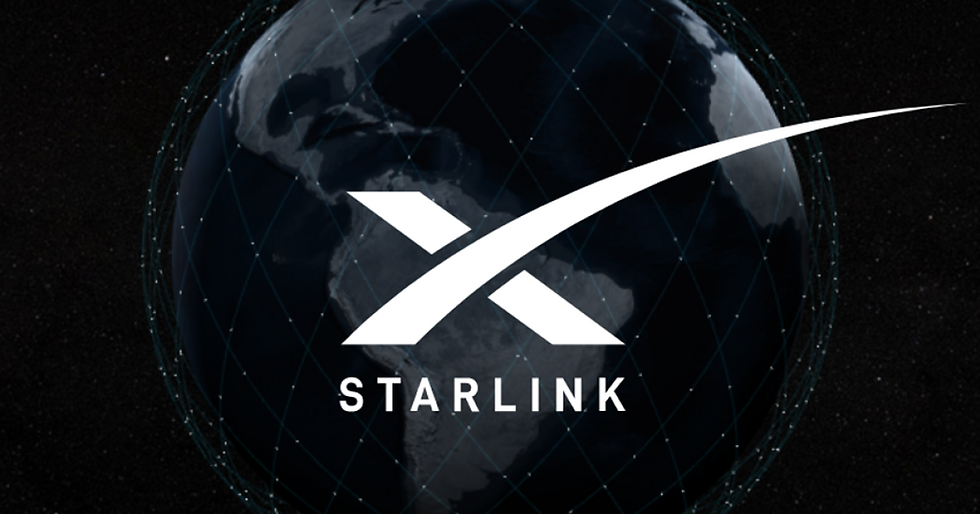Cellular phone barriers coming to an end? Starlink sends the first texts to phones
- Tech Journalist
- Jan 15, 2024
- 2 min read
Have you been lost in the woods and in need of help? Picture yourself holding a mobile phone with no cellular coverage, desperately searching for a signal. Just six days after launching Direct to Cell satellites, Starlink achieved a breakthrough by sending and receiving a text message between two regular smartphones on the ground. This is a milestone toward eliminating cellular dead zones.

Ordinary phones struggle to communicate with satellites and even advanced ones like the iPhone 15 can't utilize satellites as seamlessly as cell towers. Typically, satellites are only accessible for emergency services, requiring users to point their phones upwards for the message to transmit.
However, Starlink has overcome this technical challenge through an on-the-ground relay system and specialized satellites. This breakthrough seemingly makes satellite messaging as straightforward as regular text messaging, at least from the user's perspective.
While Starlink hasn't disclosed many details about this space-relayed text, the experiment was a success. The duration of the message journey, success rate, and the content of the initial message remain undisclosed. A shared image on Twitter reveals a conversation starting with "Hellow," but the presence of a "Beam 2" message in one version hints at possible text deletions for a more authentic look.
The service's rollout date is uncertain, pending FCC approval in the US. Starlink aims to launch its cellular service for T-Mobile customers in 2024, with voice calls and mobile data potentially following in 2025. The global availability timeline remains unknown.
Despite Starlink acknowledging challenges with voice and data services, this success with cell towers is a significant step toward eradicating cellular dead zones. Satellite messaging's impact, as seen in the latest iPhones has been vital for people seeking help in remote areas.
Starlink's strategy of transforming cell towers rather than cell phones, could expand satellite messaging access. It meets closely with our expectations of connectivity from terrestrial cell towers. As technology and regulations progress, the days of losing signal in remote areas might be numbered.













